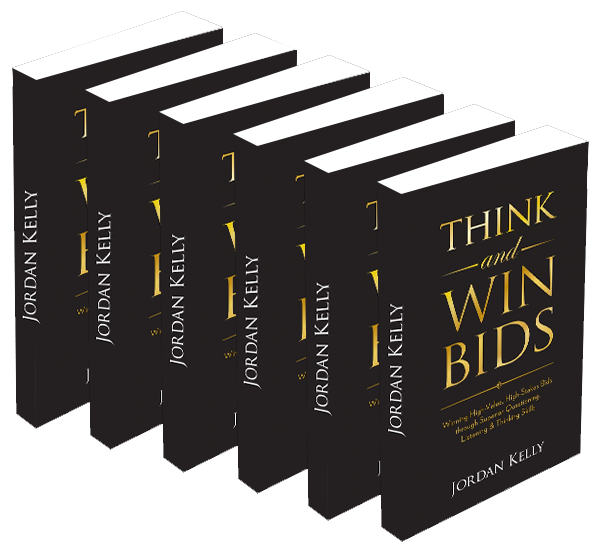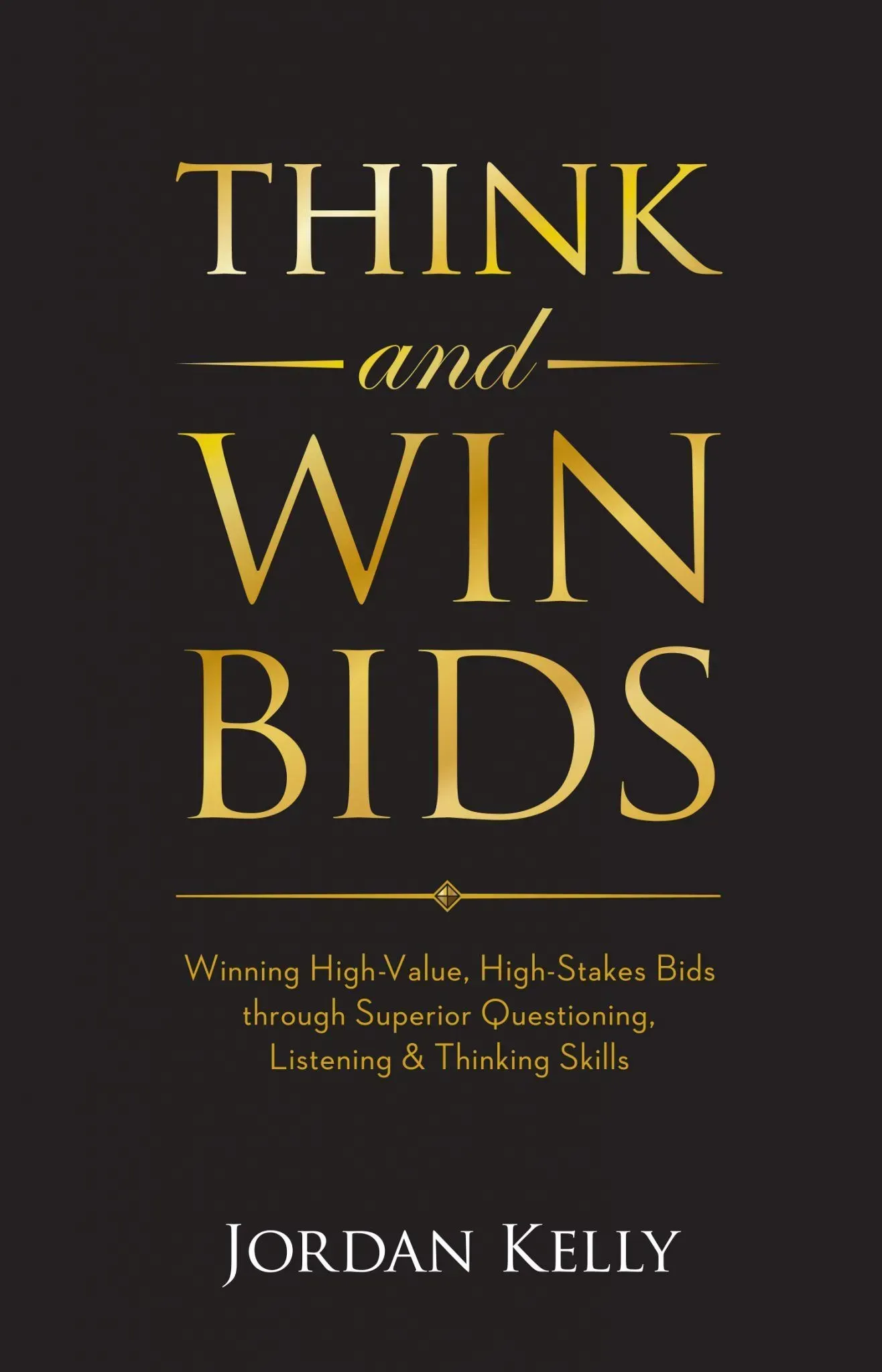CATEGORIES:

In an article I wrote for Asia Pacific Air Cargo, I suggested air freight companies "de-commoditise" their service — or offering — to prospective clients.
The article included a real-life example of the glaring opportunities (and the rewards) for companies willing to think, and act, outside the square when it comes to researching and proposing solutions to clients’ needs.
But how do you ”de-commoditise” your bids and sales proposals?
The simple answer to that question is . . . by not producing a “commodity” proposal in the first place.
What then is a ‘commodity proposal’?
A commodity proposal is what the vast majority of companies in commoditised industries are producing . . . even though many think they’re not doing anything of the sort. Actually, they are . . . according both to my observations and also to the comments of many experienced tender evaluators I have spoken to.
In short, a commoditised bid is an Expression of Interest (EOI), Request for Proposal (RFP) response or any other form of submission that is:
•
Self-centric instead of
client-centric.
•
Feature-focused instead of
benefit-focused.
• Ineffective in
meaningfully differentiating its proposed product or service.
• Full of industry / supplier jargon.
• Overly liberal in its use of trendy but essentially meaningless terms.
• Template-based i.e. the core content could have been produced for any number of end recipients.
I’ll focus on the first three points.
Self-centric vs Client-centric
Invariably, when I evaluate a tender or proposal produced internally by an organisation, the first word in the Executive Summary is “We”.
With few exceptions, most of the paragraphs in this all-important opening section also start with “we” and it’s not at all uncommon that most of the sentences within each paragraph in the copy thereafter start with “we” as well.
This is a clear indication, firstly, that the tendering company doesn’t know enough about the organisation it’s proposing to; secondly, that it brings a largely self-focused viewpoint to the table; and thirdly, that the tenderer is probably pushing a pre-formulated, off-the-shelf “solution”, with greater priority placed on its own convenience or profitability than the client’s.
Answering an EOI or RFP — or putting a proactive proposal to a client organisation — is a lot like dating. Even the best-looking proposal can become boorish if it constantly puts its own needs first and shows little genuine interest in the other party. It simply doesn’t augur well for a successful long-term relationship.
If, on the other hand, a company has done its homework and is genuinely concerned to seek out and satisfy the precise needs of the client organisation, its proposal language will be entirely different. It will be focused on its understanding of the client’s problems, priorities and environment, and it will paint a clear picture of how it intends to bring about a superior solution to these issues.
But beware! This does not mean you simply change the word “we” to “you”.
And it does not mean you resort to “consultant speak”, with its annoyingly we-already-know-everything-about-you undertones.
No! It means you genuinely research your prospective client organisation’s issues as they concern your own industry, you determine how you will bring a genuine solution and the best overall value to your prospect, and then you communicate it from their perspective.
Feature-Focused vs Benefit-Focused
Anyone with a sales background will no doubt be thinking:
“Sure. Don’t talk about ‘features’, talk about ‘benefits’. That’s basic. That’s Sales 101.”
But it’s easier said than done when you’re constantly looking out at the landscape from your own viewpoint, from within the organisation that produces the product or provides the service you’re selling.
Too often, sales personnel producing proposals rely heavily on “cut-and-pastes” from glossy, company or “brand” focused promotional literature. These often promote features. At best, any benefits they do describe are highly generic.
Clients aren’t interested in features, unless they know as much about your industry as you do and can make the translation for themselves. And stating generic benefits quite often results in missing the mark, too.
What impresses clients are features that demonstrate clearly how they are provide the solution to that client’s specific problem or achieve their specific objective . . . and that provide proof points, case examples, and some form of valuable quantification or measurement.
The key is to identify and articulate precisely how what you’re proposing is going to solve their problem in a manner superior to that of your competitors’ offerings.
Of course, this means you have to know what your competitors are up to at all times — and not just their pricing structures. You have to undertake the same “matchmaking” exercise between your competitors’ likely solutions and the prospect’s needs. Only
then can you be even reasonably certain that your point of difference is what you think it is, and that it is a winner with the prospect.
THINK AND WIN BIDS
Winning High-Value, High-Stakes Bids through Superior Questioning, Listening & Thinking Skills
(Book)
The three fundamental skills of a genuinely sharp, sustainably successful bid professional are the ability to think, listen and ask quality questions.
Furthermore, formulating successful business development and bid strategies is the process of well-directed research and thinking; not the product of tools and templates.
THINK AND WIN BIDS
Winning High-Value, High-Stakes Bids through Superior Questioning, Listening & Thinking Skills

(Six-Pack)
Ideal to ensure your entire team of writers and contributing subject matter experts are all on the same page, Think and Win Bids is offered as a six-pack (6 books for the price of 5).



